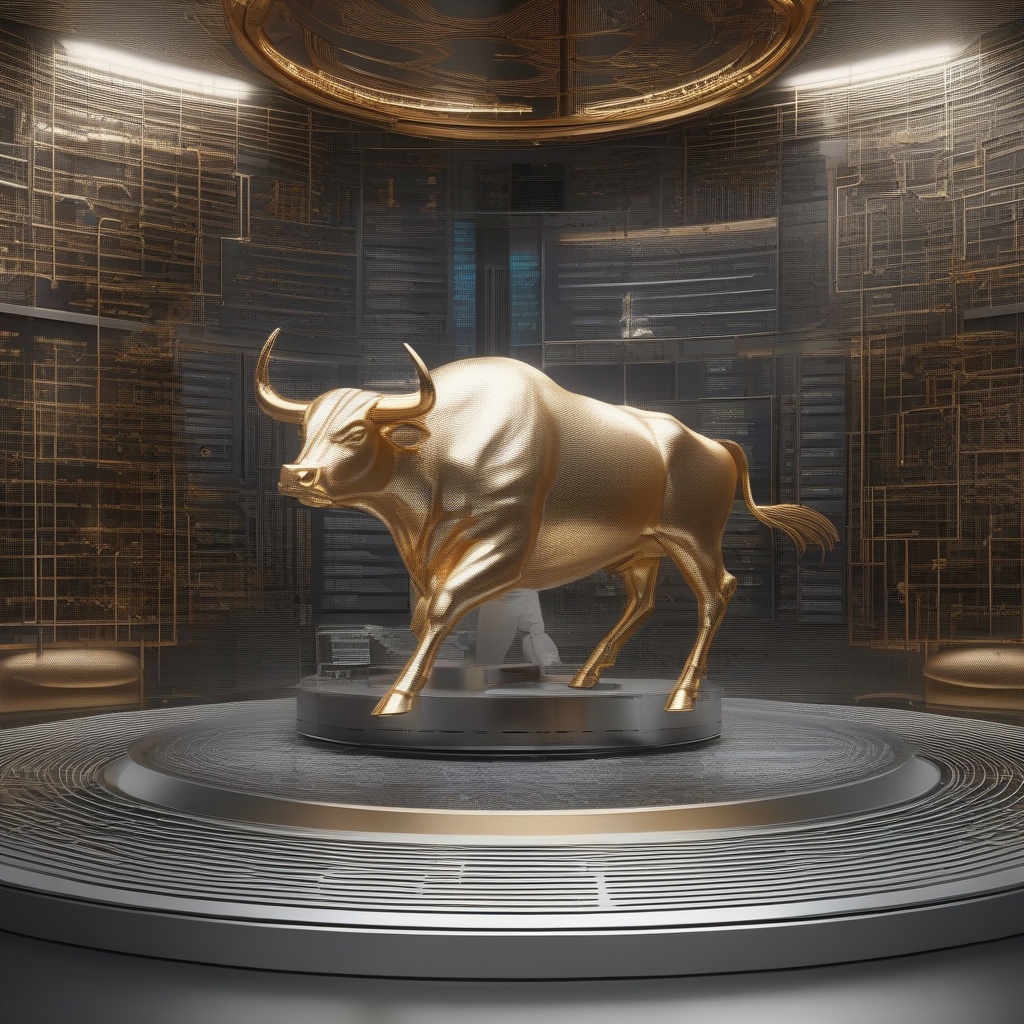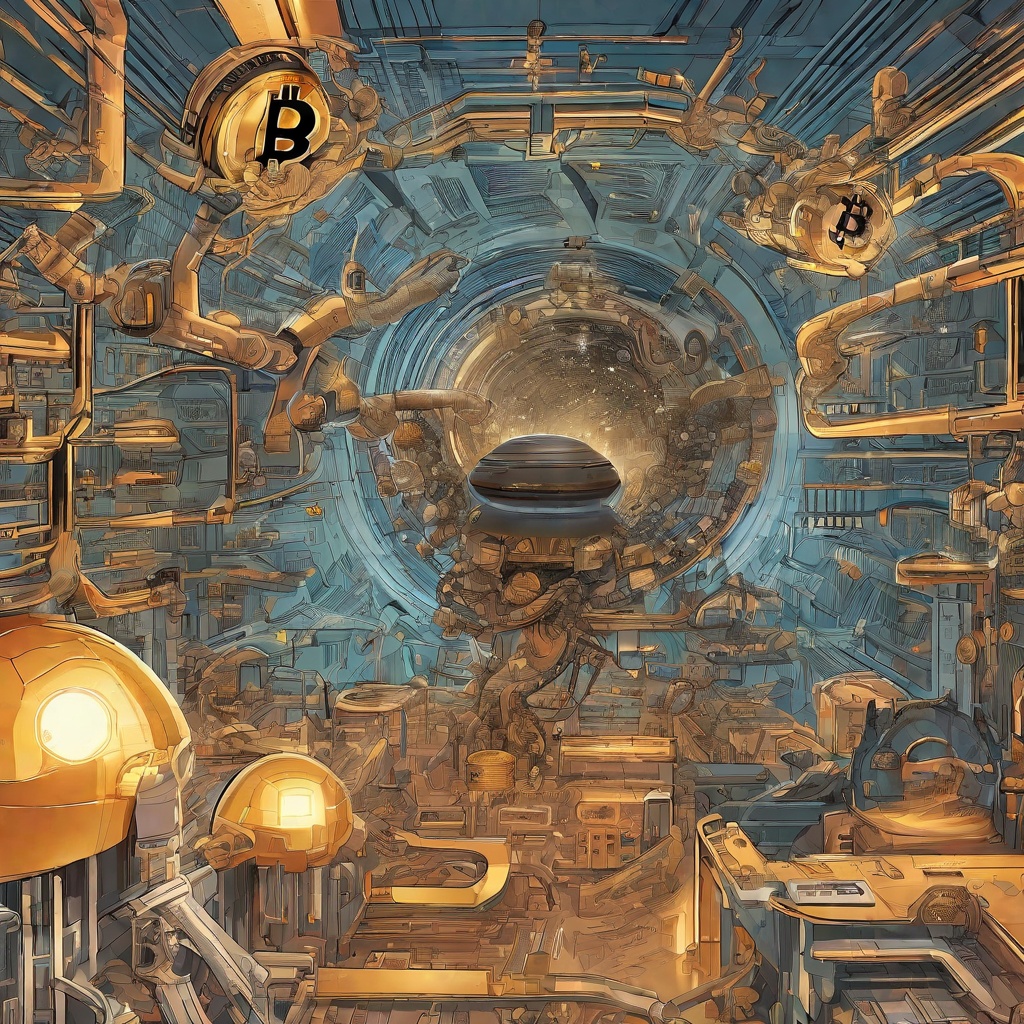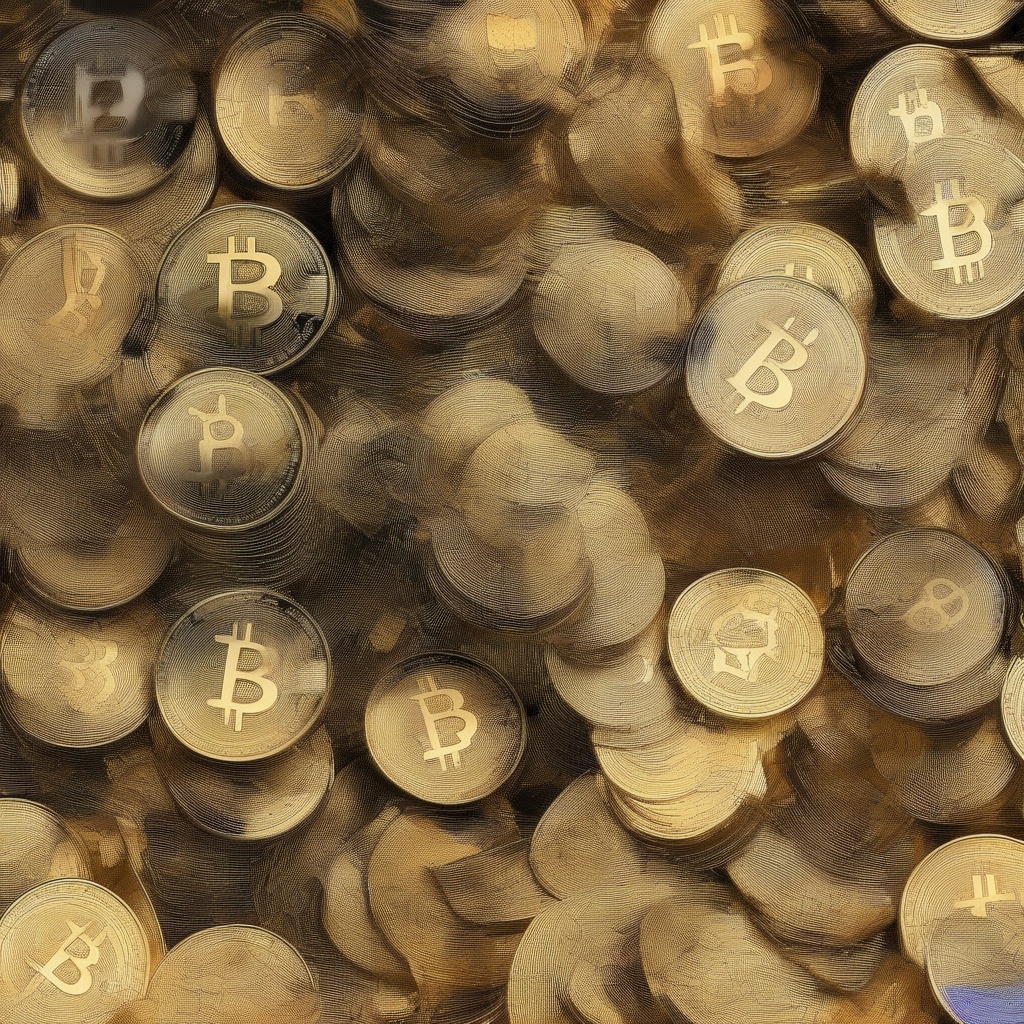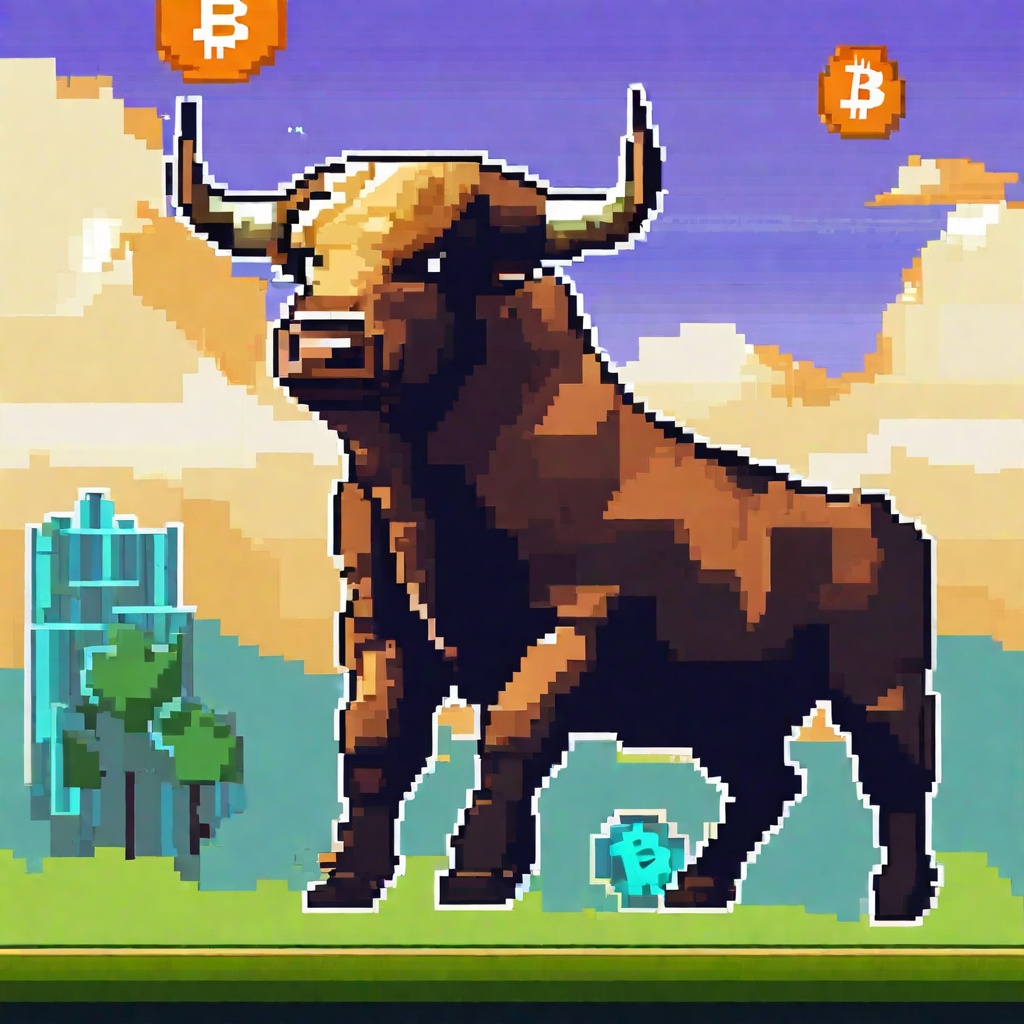Does ATOM burn tokens?
Does ATOM burn tokens?" This is indeed a question that piques the curiosity of many in the cryptocurrency community. ATOM, the native token of the Cosmos Network, is a crucial component in the ecosystem's governance and staking mechanisms. Burning tokens, in the context of crypto, often refers to a process where tokens are permanently destroyed, typically as a means of incentivizing certain behaviors or maintaining network security. However, the specific mechanics of ATOM and the Cosmos Network do not involve a traditional "burning" process. Instead, ATOM tokens are locked up by validators as a part of the staking process, which secures the network and enables validators to participate in governance decisions. If a validator misbehaves, a portion of their staked ATOMs can be slashed as a penalty, effectively reducing their overall stake. This is not the same as burning tokens, as the slashed ATOMs are not destroyed but rather redistributed within the system. So, to answer the question, ATOM tokens are not burned in the traditional sense within the Cosmos Network. Instead, staking and slashing mechanisms are used to incentivize validators to behave honestly and securely, maintaining the integrity of the network. It's important to note that the specifics of tokenomics and mechanisms can vary across different blockchain projects, so it's always advisable to consult official documentation or resources for accurate information.

Will Pepe burn tokens?
Will Pepe burn tokens?" This question has sparked quite a buzz in the crypto community, and it's not hard to see why. Pepe, the popular internet meme, has recently made its way into the blockchain space, with a new Pepe-themed token hitting the market. But what does "burn tokens" mean, and why is it being discussed in relation to Pepe? Let's break it down. Burning tokens in crypto typically refers to the process of permanently removing a certain number of tokens from circulation. This can be done for various reasons, such as reducing the total supply to increase the scarcity and potentially the value of the remaining tokens. Now, back to Pepe. The question is whether the Pepe token project has plans to burn tokens. This could be a strategic move to manipulate the market or simply a way to control the supply and demand of the token. However, without specific information from the Pepe token team, it's hard to say for sure. So, the real question is: do we have enough information to answer "Will Pepe burn tokens?" Without official statements or details from the project, we can only speculate. It's a fascinating topic, but one that requires more clarity before we can make a definitive statement. Until then, we'll just have to wait and see how this Pepe token story unfolds.

Does Polkadot burn tokens?
I've been hearing a lot about Polkadot recently and its unique role in the crypto ecosystem. However, there's one aspect that's been puzzling me. Does Polkadot actually burn tokens? I've read that some cryptocurrencies employ token burning as a way to reduce the overall supply and potentially increase the value of the remaining tokens. But I'm not sure if Polkadot follows this practice. Could you clarify this for me? I'm particularly interested in understanding the reasons behind token burning, if Polkadot does indeed engage in it, and how it might impact the value and sustainability of the Polkadot network in the long run.

Does AVAX burn tokens?
Could you clarify for me if AVAX tokens are subject to a burning mechanism? It's a topic that's been circulating in the crypto community, and I'm eager to understand the specifics. Do the Avalanche Network developers intentionally reduce the supply of AVAX tokens through a burning process? If so, what's the rationale behind this decision? And how does it potentially impact the overall value and market capitalization of AVAX? I'm particularly interested in the long-term effects of token burning on the Avalanche ecosystem. Could you please elaborate on this matter?

Will floki burn tokens?
I've been hearing a lot about Floki Inu recently, and one of the things that interests me is the token burning mechanism. As a cryptocurrency investor, I'm always interested in understanding how projects use their tokens to create value and scarcity. So, my question is: will Floki Inu burn its tokens? If so, how often and what's the plan behind it? I understand that token burning can help reduce the supply and potentially increase the price of a token, but I'd like to know more about Floki Inu's specific strategy and how it aligns with the project's long-term goals. Could you please elaborate on this? Thank you for your time.

